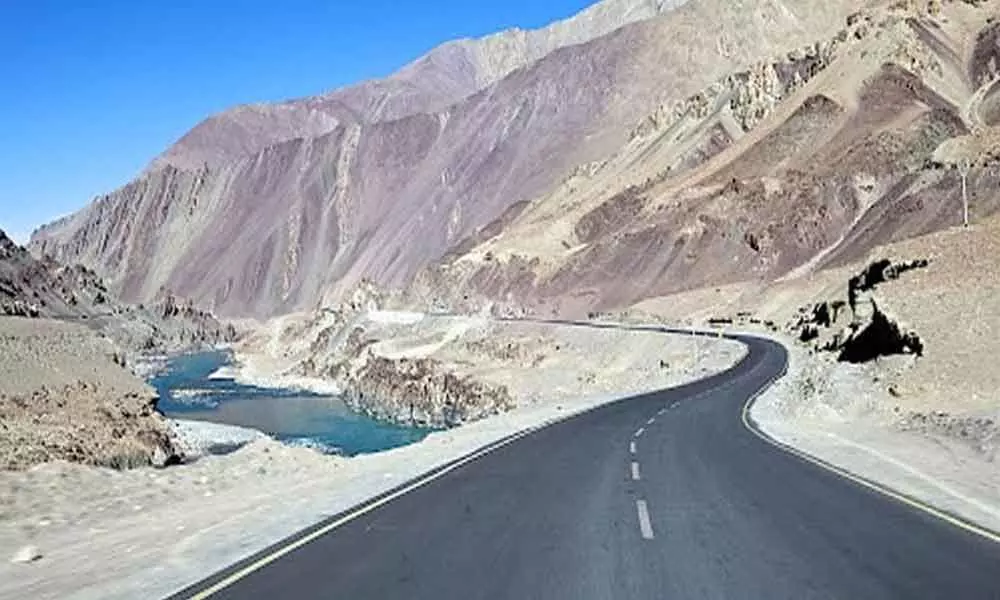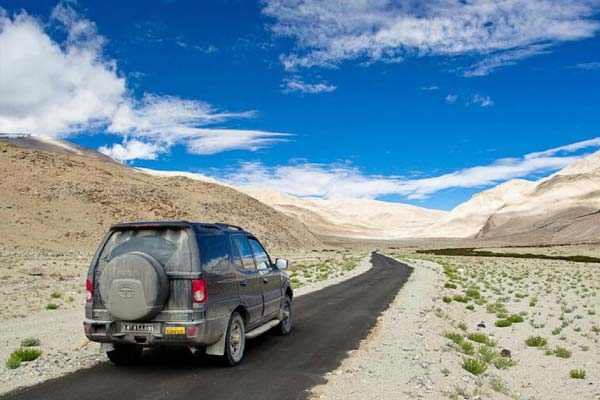
At 1,344 meters, Ben Nevis is a bucket list target for many outdoor enthusiasts. Climbing this challenging but rewarding activity requires meticulous planning, fitness training, and respect for Scotland’s fickle weather conditions, no matter your experience level–from novice hiker to veteran mountaineer. Many opt for climbing Ben Nevis as part of the 3 Peaks Challenge UK; we cover everything you need to know before beginning this amazing journey on this page.
The Challenge of Climbing Ben Nevis
Ben Nevis is in the Scottish Highland close to the well-liked base for hikers, Fort William. Every year, the mountain draws thousands of tourists, some of whom challenge themselves personally and others of whom donate money for charity. The Mountain Track (Tourist Route) is the most often used path among the various ones leading to the peak. The round-trip distance is roughly 10.5 miles (17 km), with an elevation gain of roughly 1,345 meters. Depending on fitness degree and weather, the walk usually takes six to eight hours.
The topography includes a mix of well-built trails, steep rocky sections, and, near the peak, a boulder-strewn plateau often covered in snow, even in July. Hikers have to be ready for unexpected temperature swings, strong winds, and poor visibility resulting from the erratic weather.
Training and Preparation
Climbing Ben Nevis successfully calls for a reasonable degree of fitness. The climb is demanding, thus unprepared tackling it could cause tiredness or damage. To increase stamina, it is advised to run, bike, or long-distance walk before the climb. Strength exercises stressing legs and core muscles will boost endurance on steep climbs.
Training for individuals doing the 3 Peaks Challenge UK, when athletes climb Ben Nevis, Climbing Scafell Pike, and Snowdon within 24 hours, should also include nighttime trekking and sequential climbing to replicate the demanding schedule.
Essential Gear for Climbing Ben Nevis
An exciting and safe climb depends on packing the correct equipment. Hikers should pack even in summer since circumstances at the top can be severe.

- Sturdy walking boots with ankle support
- Waterproof clothing, including a jacket and trousers
- Warm layers, such as fleece or thermal clothing
- Hat and gloves (essential even in warmer months)
- A headtorch (especially for early morning or late descents)
- Map, compass, or GPS device (mobile signal can be unreliable)
- Food and water, as there are no facilities on the mountain
- A basic first aid kit, including plasters and painkillers
The Experience of Climbing Ben Nevis
From Glen Nevis Visitor Centre, most hikers start their climb using the well-marked Mountain Track. The initial part offers breathtaking views over the nearby valleys as it runs steadily over lush green terrain and waterfalls. The path gets rougher as altitude rises, with steep zigzag known as the Red Burn Switchbacks headed towards the top plateau.
Often covered with snow and ice, the last path of approach to the top makes navigation challenging. On a clear day, top hikers have incredible 360-degree views spanning the Highland. Many mountaineers shoot cheerful images before descending, together with the summit cairn and traces of an old observatory.
Climbing Ben Nevis as Part of the 3 Peaks Challenge UK
Comprising the three tallest mountains in Scotland, England, and Wales within 24 hours, Ben Nevis is climbed by many individuals as part of the 3 Peaks Challenge UK. Usually, the challenge proceeds this way:
- Climbing Ben Nevis (Scotland) – Starting in the late afternoon, climbers aim to descend before nightfall.
- Climbing Scafell Pike (England) – A challenging night-time ascent in the Lake District.
- Snowdon (Yr Wyddfa) in Wales – The final climb at dawn, concluding the challenge.
Timing, endurance, and logistics play crucial roles in the success of this challenge. Transport between peaks needs to be well-organised, and climbers must maintain a steady pace to stay within the time limit.
Safety Tips for Climbing Ben Nevis
- Check the weather forecast before setting out. Conditions can change rapidly.
- Start early to ensure enough daylight for both ascent and descent.
- Stay on the marked path to avoid dangerous cliffs and loose scree.
- Hike with a companion or group for safety.
- Inform someone of your plans, especially if climbing solo.
- Bring sufficient water and food to stay energised.
Conclusion
Whether for the 3 Peaks Challenge UK or as a separate objective, climbing Ben Nevis is an amazing feat. It’s an amazing experience because of the mountain’s tough beauty and the sensation of accomplishment reaching the summit. A safe and fun climb depends on correct training, preparation, and respect of the elements. Ben Nevis is a task worth facing regardless of your level of experience with mountains or first-time hiking.
For those planning to complete the 3 Peaks Challenge UK, combining Ben Nevis with Climbing Scafell Pike and Snowdon adds an extra level of excitement and endurance, making it one of the toughest yet most rewarding hiking challenges in the UK.


